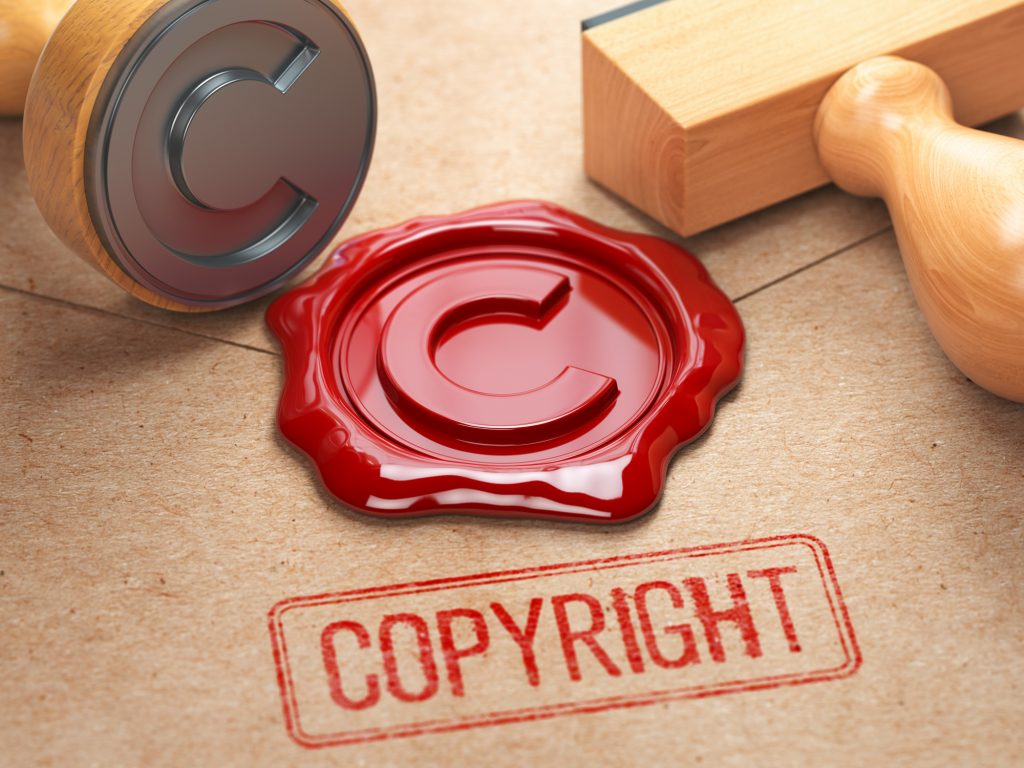The determination of copyright ownership is one of the toughest questions in copyright law. The basic rule is that all copyright interests in a work belong to the work’s creator. When two or more people collaborate to create a work, however, copyright ownership becomes more complicated. Furthermore, when the author of a work is compensated by a third party to make the work, determining copyright ownership is more challenging.
Joint Authorship
Works Made for Hire
- a work prepared by an employee within the scope of his or her employment; or
- a work specially ordered or commissioned for use
- as a contribution to a collective work,
- as a part of a motion picture or other audiovisual work,
- as a translation,
- as a supplementary work,
- as a compilation,
- as an instructional text,
- as a test,
- as answer material for a test,
- or as an atlas,
- the control exerted by the employer over the employee (i.e., the employee’s schedule and the hiring of the employee’s assistants);
- the control exerted by the employer over how and where the work is done;
- the supplying of equipment for the employee’s use; and
- the payment of benefits and the withholding of taxes.
Although these factors are not exhaustive and can be difficult to analyze in close situations, it is clear that a work created within the scope of a regular, salaried employee’s work is work made for hire. Typical examples of works made for hire would include a software program created by an employee programmer, or the ad copy created by a marketing department employee.
- the work must be specially ordered or commissioned;
- the work must come within one of the nine categories of works listed in the definition above; and
- there must be a written agreement between the parties specifying that the work is work made for hire.
When recruiting computer programmers, for example, software developers should pay particular attention to copyright ownership concerns. Under the first component of the work created for hire definition, programs written by paid personnel will nearly always be deemed works made for hire. As a result, the software developer will be regarded the creator of the program developed by those employees, and ownership will be transferred to him. The wise developer, on the other hand, will have staff sign agreements agreeing to convey all copyrights in software they build to the developer. The reason for this caution is that determining who is an employee under the law of agency necessitates the consideration of several circumstances and, in rare situations, might result in unexpected outcomes. Furthermore, the work must be done “within the scope of” the employee’s employment, according to the work made for hire theory. Programs produced by a software programmer employee are generally considered to be within the scope of his or her employment, although this is another vague statement that should not be relied upon.
In addition, while hiring contract programmers, software developers must tread very carefully. There are three facts must be present in order for contract programmers’ work to be considered work for hire:
- the program must be specially ordered or commissioned;
- the contract retaining the programmer must be in writing and must explicitly say that the programs created under the agreement are to be considered work made for hire; and
- the program created must fall into one of the nine enumerated categories of work.
When a programmer is engaged to work on a certain project, the first element is usually true. The second need may be addressed by carefully establishing a retainer agreement for a contract programmer. The third ingredient, on the other hand, might be more challenging. Computer software applications do not fall into any of the nine categories. The best option is to classify the software application as an “audiovisual work.” While certain software programs are clearly audiovisual works, it’s unclear if courts will extend this definition to all computer software programs. As a result, a software developer has no way of knowing if the contract programmer is producing work for hire.
It is preferable to develop an agreement that takes this uncertainty into account. The agreement should clearly declare that the work is for hire. The contract should additionally say that if the software is not regarded as work for hire, the contract programmer agrees to assign the software’s copyright to the software developer.
Finally, it is critical to ensure that copyright ownership goes from the individual programmer to the software developer when engaging a firm to provide contract programming services. As a result, the software developer should analyze not just its contract with the service provider, but also the contracts under which that firm recruits individual programmers.
